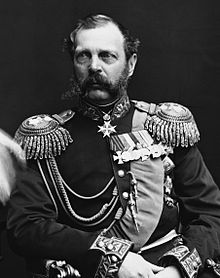During the reign of Alexander II from 1855 to 1881, the state passed a series of reforms that covered the most basic areas of need in Russian society. The emancipation of serfdom occurred in 1861 which abolished the owning of peasants. The Emancipation document asserts that those freed have “personal and property rights” just as any free city dweller. They also received some land to provide for themselves from the landowner but in return the peasant had to pay them in either labor or money. Another document on state peasants declares that land was given to peasants according to utilization and must pay a state tax. The state also addressed the administration of the village community, defining the composition and duties of the village assembly and volost’ administration. In addition, there are statutes that reform the roles of local government and judicial institutions. The local government had a higher priority to focus on welfare and needs of the poor as well as other public institutions. Judicial reform defined their jurisdiction, specific roles, and their qualifications in order to be a member of a judicial institution.
The fact that peasants had to repay the landowner with work or money is incredibly similar to what they had to do before serfdom, called the obrok or barshchina. After the emancipations, owners still own all their land but peasants continued to rent the land the used. This is also similar to the “state obrok tax”, so not only did they have to pay the landowner but also the state in the form of taxes. We also see a similarity to other reforms by having the local governments focus on welfare, education, and public health. With these refors, Alexander II is trying to reinsert the reforms, some of which Catherine tried and failed to enact during her reign.
What is the purpose of reverting to the obrok system which was used before serfdom?
Kaiser, Daniel H. and Gary Marker. Reinterpreting Russian History: Readings, 860-1860s. New York: Oxford University Press, 1994.




